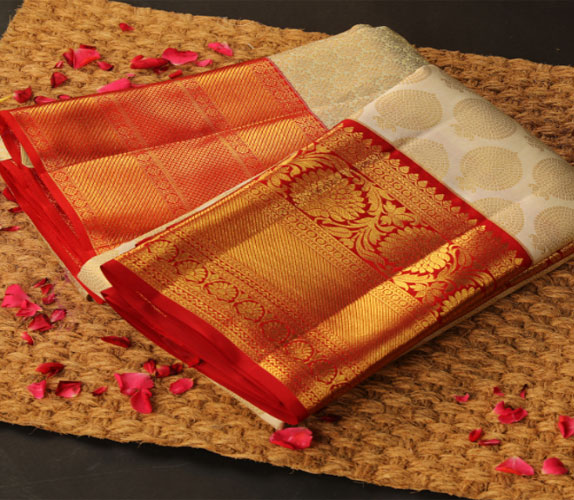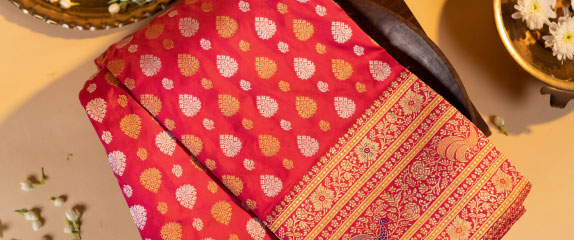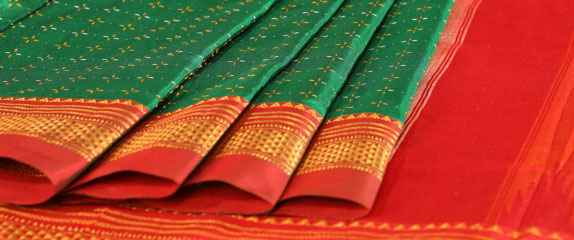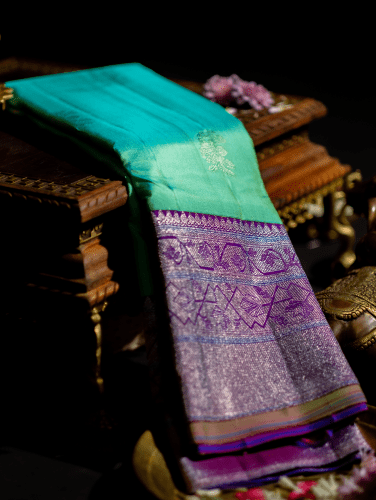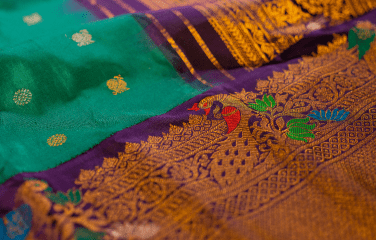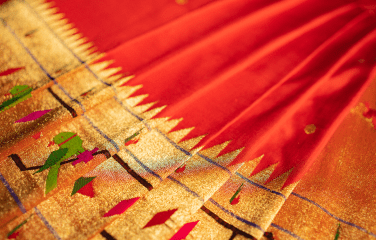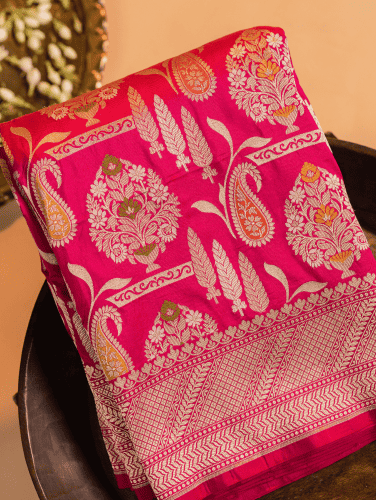Collection for Ladies in Sarees, Salwars, Kurtis are good. Nice seeing such collections. So happy with Your Service. Thank you
Recent Arrivals
Explore Our Newest Sarees
Sarees By Kalanjali
Shop Unique Styles
Browse through our curated range of sarees, where every design is an exclusive, one-of-a-kind piece.
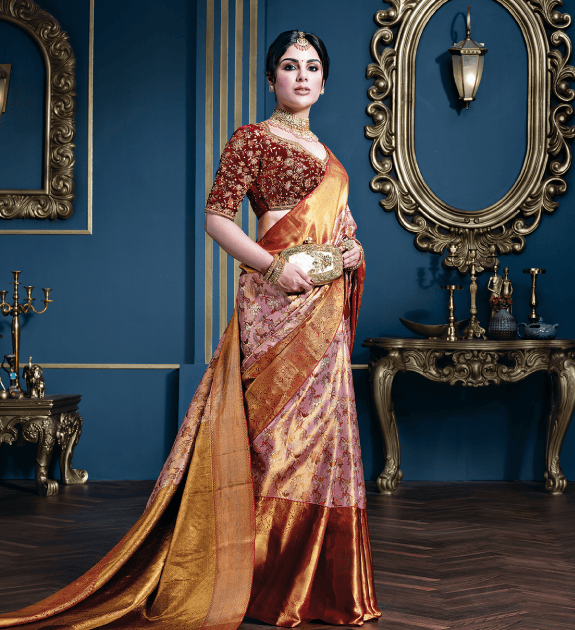
Samyuktha in Kalanjali
The actress adorns a metallic pink Kanchipuram saree from our collection of fine weaves.
Popular Categories
Curation of our most beloved sarees
Customer Reviews


It was an amazing experience to visit the gallery and had the opportunity to witness exquisite pieces of art. So happy with Your Service. Thank you
Anil Kumar, Hyderabad

Plesantly wide and exclusive collection. Looks like anything worth an artistic eye from every corner of India has got aggregated here at kalanjali. Plesant experience being here. Thanks !!!
Veena Khan, Hyderabad

Execellent service, I came to shop my wedding sarees and I have two people showing them, they were very patient and very good. I went over the closing time but still they were very friendly and happy to make their customers happy. They were genuine and good. Thank you for making my shopping very happy.
Sujitha Pasupuleti, Guntur.

Very good collection of cotton sarees. Reasonable rates compared to before.
Manjula, Hyderabad

Nice collection Reasonable Price too
Jyothi, Tirupathi

Very Nice collection
D K Aruna Garu (FORMER CONGRESS MINISTER), Jubilee Hills

Excellant range of fabrics & deisgns for all ages. We have been visiting this store for almost 20 years now and wish to thank Mrs.Sailaja Kiron garu for bringing out such lovely and creative, yet traditionally simple wearable designs to stand out as the best store in the city.
R V RAMANA, Hyderabad

Sales people treated us really well and we bought really good sarees. They knew elite telugu valla taste! Ramoji rao garu doing really good job.
Regina Naren

We have received all of the items ordered. They are all very beautiful sarees, and we are very happy with our purchases.I know everyone will be very happy with the items, and my wife and I are very grateful for your beautiful sarees, careful packaging, prompt delivery and response. We will not hesitate to order from you again and will recommend you to our friends and family.
RK Dixit, USA

I have received my order through Bluedart courier .Thank you very much Kalanjali Web team for your support and prompt response.I should appreciate your efforts to maintain good communication without any delay.Consider it as feedback .Keep it up.!!!
Vasantha lakshmi, Hyderabad

I have really enjoyed shopping ashadam sale. I have never imagined I'll get such a best quality saree same as shown in the pictures. Having spent 10k I was worried whether I'll get any damage saree. But the level of online shopping experience is really great and unreal. Love Kalanjali.
Pavani Uday, Kanchipuram

Thankyou for the excellent packing and shipping.Received the package today and everything was so good!! Loved the saree when i saw it. Will definitely shop with you again!!
Lakshmi, USA

I had placed order for 4 sarees and one pavada. I am very pleased with the shipment of the finished, stitched materials. The marketing team and the tailoring team was very available, patient, friendly, homely and helpful. I was very concerned about the stitching but the end result is good. Adhurs! I will definitely purchase again; and am willing to trust the finished product! Thank you for your service!
TARA PAGA, USA









